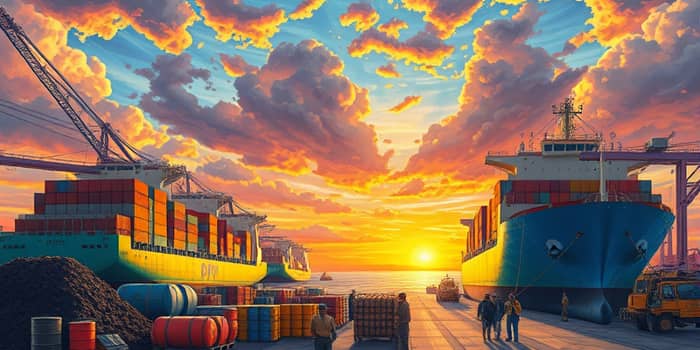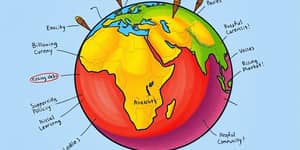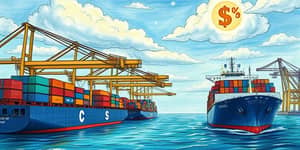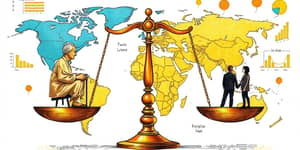
In a world reshaped by shifting trade patterns and new technologies, commodity exporters are poised to capture significant gains from elevated demand. As nations rebound from recent crises and accelerate energy and digital transitions, those supplying raw materials stand at a crucial juncture.
Commodity prices have always been subject to pronounced cycles, swinging between booms and busts. Following a post-pandemic and geopolitical-driven boom, the World Bank forecasts a 12% drop in 2025 and a further 5% dip in 2026, returning prices to levels unseen since 2020.
In real terms, prices are set to fall below the 2015–2019 average for the first time. Yet even within a downward trajectory, intermittent rallies and elevated price volatility caution exporters to remain vigilant and flexible.
Global demand shifts have uneven impacts across energy, metals, and agriculture. Understanding these sectoral nuances helps exporters tailor strategies and seize emerging opportunities.
Export revenues directly feed into national GDP through the formula GDP = C + I + G + (E - I). When Exports exceed Imports, the surplus bolsters growth. Moreover, higher export revenues spur domestic growth by boosting employment, increasing investment, and amplifying the money multiplier effect.
For many Latin American, African, and Asian exporters, elevated demand in 2024–2025 has translated into stronger currencies, lower borrowing costs, and improved fiscal balances. Governments can channel windfall gains into infrastructure, education, or debt servicing.
Despite short-term windfalls, commodity dependence carries significant vulnerabilities. Elevated price volatility and uncertainty threaten revenues when markets reverse. Export restrictions—often deployed to capture more domestic value—can backfire, creating inefficiencies and disrupting supply chains.
Geopolitical tensions in regions like the Middle East and Ukraine add another layer of unpredictability. Policy shifts from major importers, such as new tariffs or financing conditions, can rapidly alter demand patterns and expose exporters to sudden shocks.
The global energy transition and digital revolution are redefining commodity demand. AI-driven optimization of supply chains, smart grid technologies, and electric vehicle adoption increase the need for lithium, cobalt, and nickel.
At the same time, cross-sector collaboration on food security has become paramount, as energy, agriculture, and water management intersect. Exporters who adopt sustainable practices and transparent supply chains position themselves to meet stringent buyer requirements.
Looking ahead, demand hotspots will include transition metals, renewable energy components, and strategic grains. Exporters should diversify portfolios, invest in value-added processing, and build sovereign wealth funds to buffer against downturns.
Sound public policies—ranging from stabilization funds to targeted infrastructure spending—can help avoid the resource curse debate intensifies. By fostering transparency, promoting downstream industries, and hedging against price swings, commodity-rich countries can lay the foundation for sustained, inclusive growth.
Ultimately, higher global demand presents both promise and peril. Those who balance ambition with prudence, innovation with resilience, will emerge as the true beneficiaries of a complex and ever-evolving marketplace.
References













